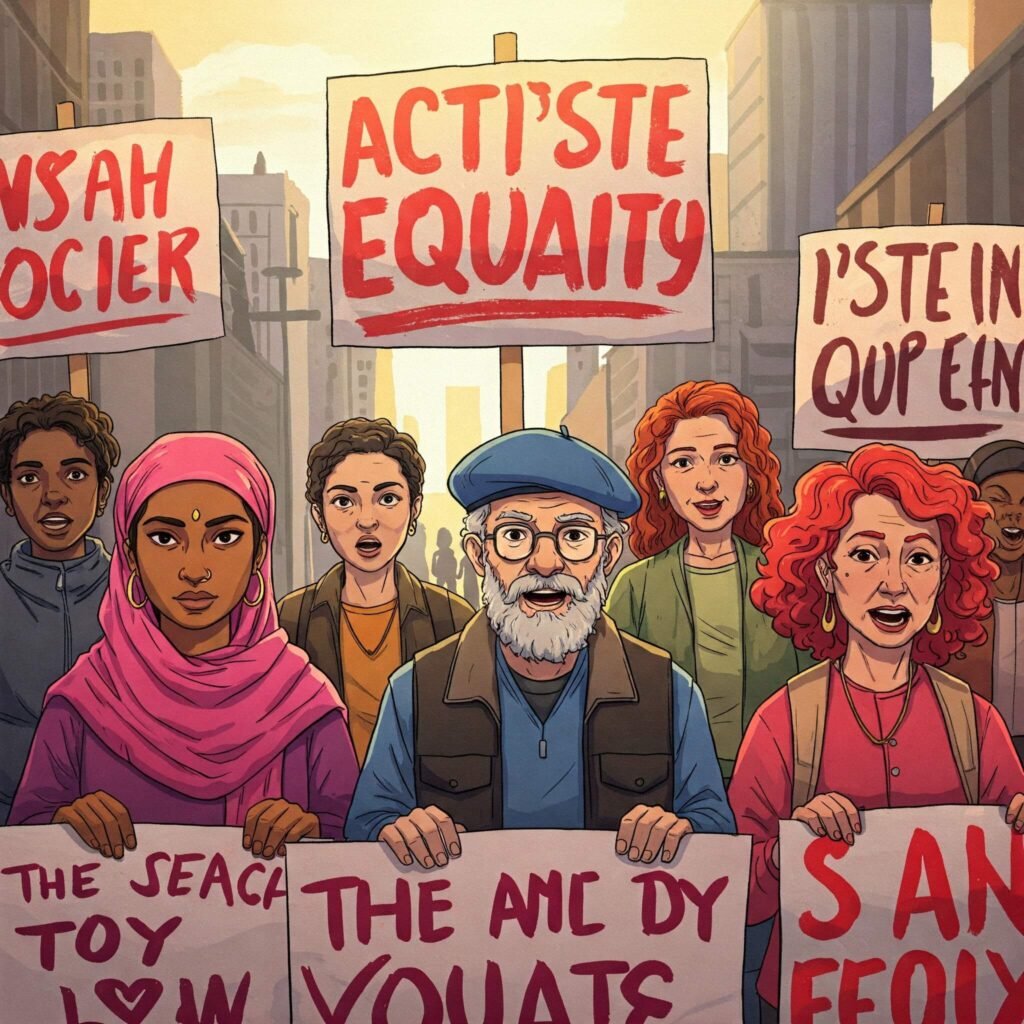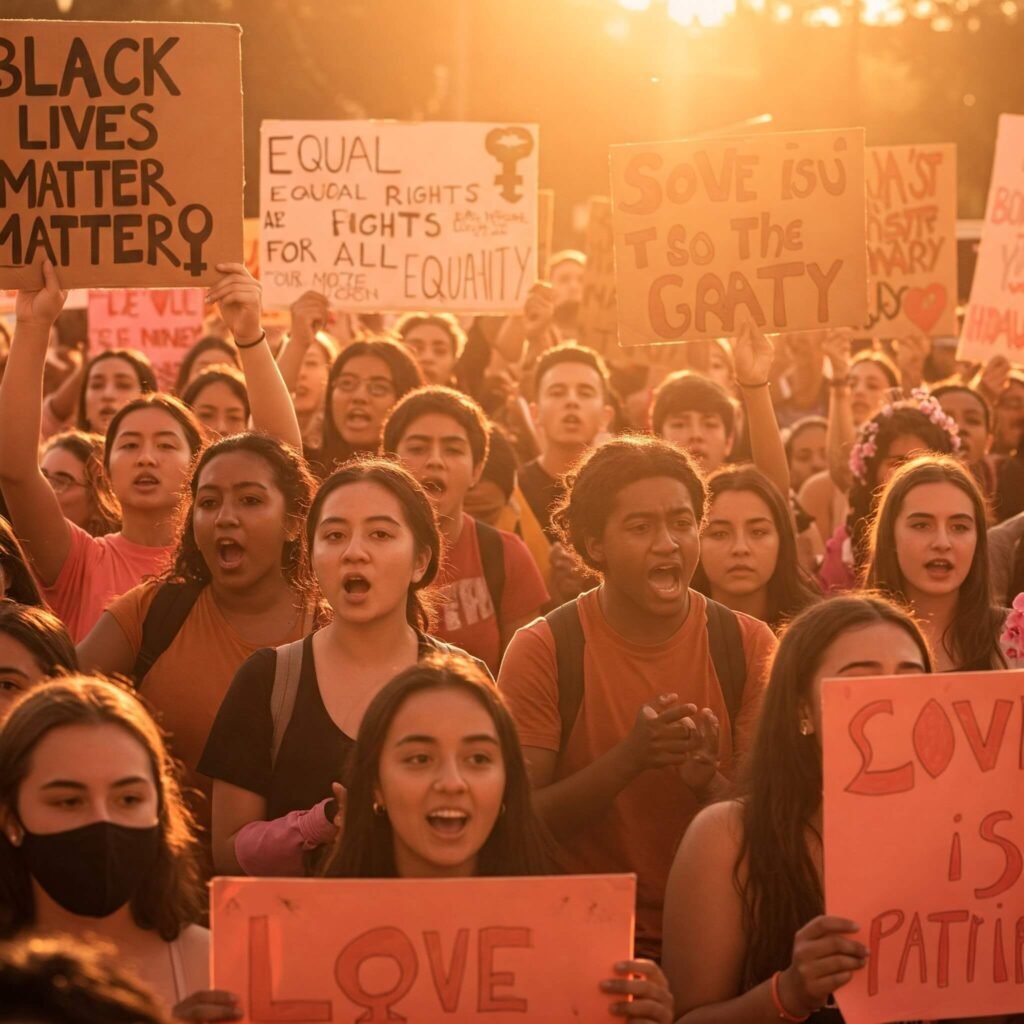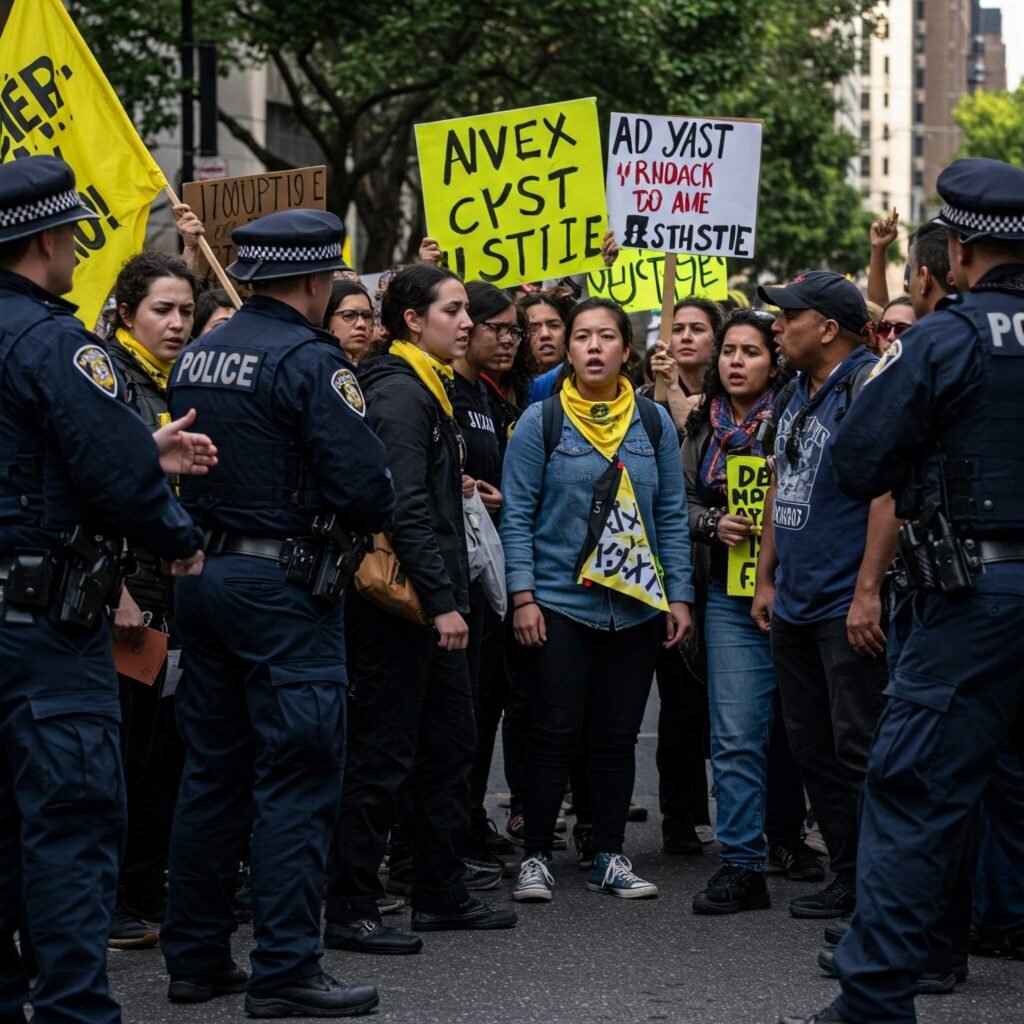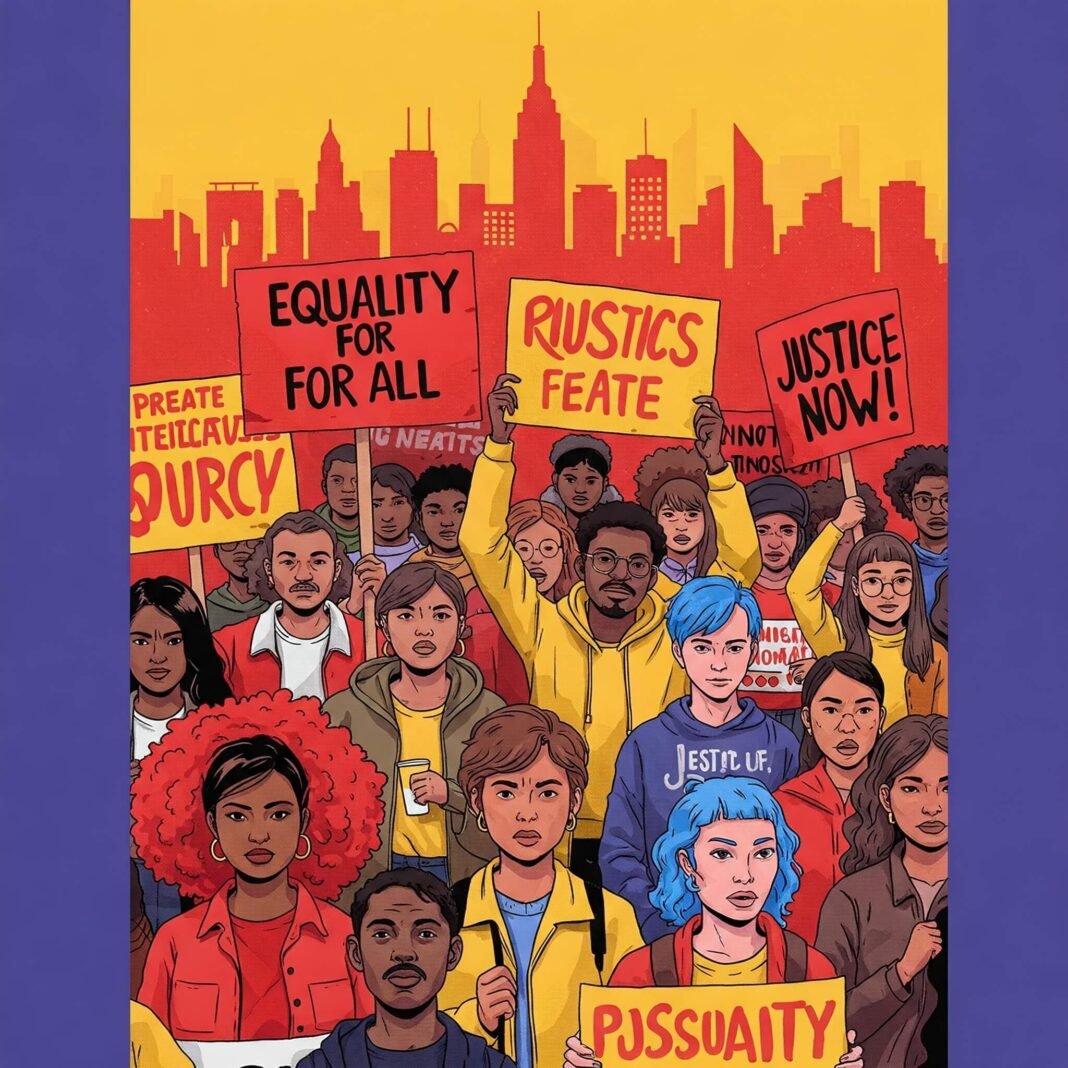The new civil rights era is redefining the fight for equality in a world shaped by technology, social media, and evolving cultural norms. Unlike the 1960s, today’s movement tackles systemic issues through digital platforms, grassroots activism, and intersectional advocacy. This article dives into what the new civil rights era looks like, offering real-world examples, data-driven insights, and actionable takeaways to inspire readers to engage with this transformative moment.

Digital Platforms Powering the New Civil Rights Era
Social Media as a Megaphone
Social media platforms like X and Instagram have become central to the new civil rights era, amplifying marginalized voices and organizing movements. Hashtags like #BlackLivesMatter and #StopAsianHate have sparked global conversations, driving real-world change.
- Why it matters: A 2024 Pew Research study found 70% of young adults learn about social justice issues via social media.
- Real-world example: The 2020 George Floyd protests, fueled by viral videos, led to policy reforms in policing across the U.S.
Outbound Link:Pew Research Center
Intersectionality in the New Civil Rights Era
Addressing Multiple Identities
The new civil right era embraces intersectionality, recognizing how race, gender, sexuality, and class intersect in the fight for equity. Activists like Kimberlé Crenshaw, who coined the term, have inspired movements that address overlapping forms of discrimination.
- Data point: A 2023 Gallup poll showed 65% of Americans support policies addressing racial and gender inequities simultaneously.
- Actionable takeaway: Learn about intersectionality by reading Crenshaw’s work or joining local advocacy groups.
Outbound Link: Kimberlé Crenshaw on Intersectionality

Technology’s Role in Shaping the New Civil Rights Era
From AI to Grassroots Tools
Technology is a double-edged sword in the new civil right era. AI tools help analyze systemic biases in hiring and policing, while grassroots apps like Citizen enable real-time reporting of community issues. However, concerns about surveillance and data privacy persist.
- Example: The use of AI by groups like the ACLU to identify discriminatory algorithms in criminal justice systems.
- Tip for engagement: Explore tech-driven advocacy by following organizations like Data for Black Lives on X.
Challenges Facing the New Civil Rights Era
Pushback and Polarization
Despite progress, the new civil right era faces resistance, from legislative rollbacks to cultural polarization. Laws restricting voting access or diversity education have sparked debates about the movement’s future.
- Case study: In 2024, 15 U.S. states passed laws limiting DEI (diversity, equity, inclusion) programs, per a CNN report.
- Takeaway: Stay informed by tracking legislation through nonpartisan sources like Ballotpedia.

What the New Civil Rights Era Means for You
The new civil right era is defined by:
- Digital activism, leveraging social media to amplify voices.
- Intersectional advocacy, addressing overlapping inequities.
- Technology, driving both progress and challenges.
- Resistance, requiring sustained commitment to change.
To engage, start small: follow activists on X, read primary sources, or volunteer with local organizations fighting for equity.





